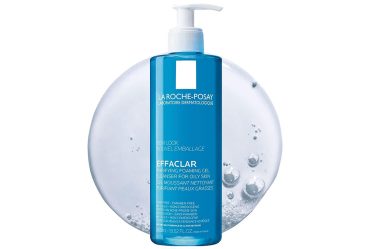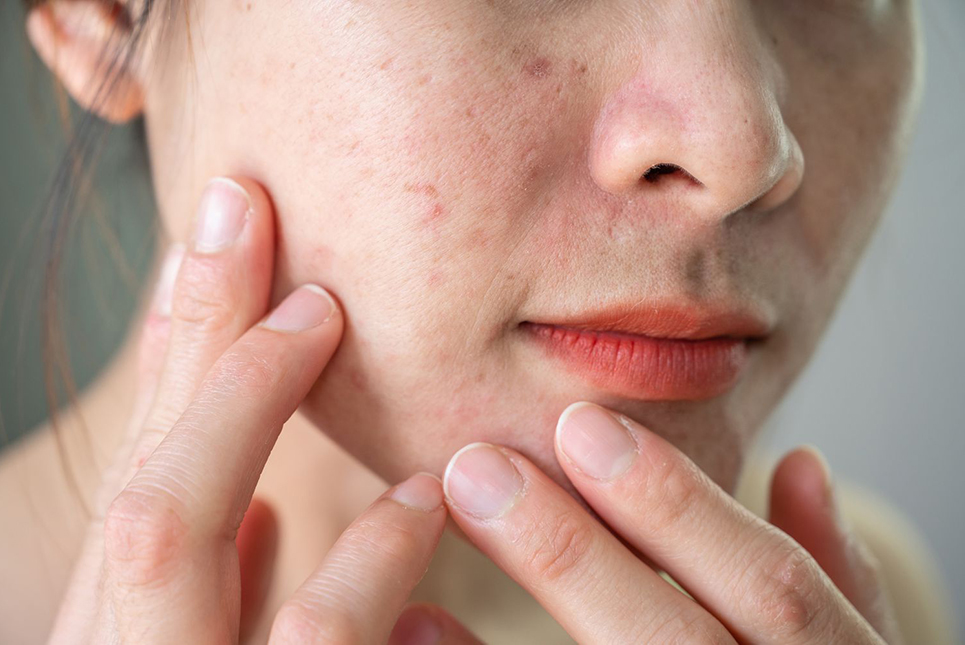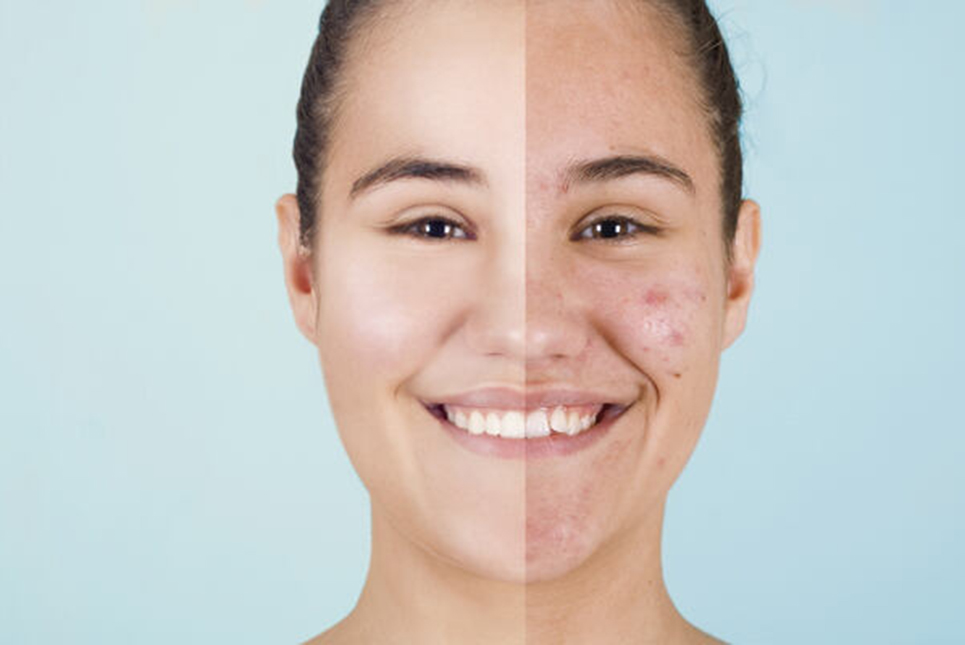
Cystic acne is a severe form of acne that is characterized by large, painful, and inflamed cysts beneath the skin’s surface. It can be challenging to treat and often requires a comprehensive approach.
Fashion Picks | Create Your Own Unique Style
Looking for a complete makeover from head to toe? These carefully selected brands will help you stay at the forefront of fashion! Whether it's footwear, clothing, or skincare and makeup, the following recommendations will help upgrade your wardrobe and beauty essentials, becoming a part of your fashionable lifestyle. Click now and experience your new fashion trend!
Footwear Recommendation: Saucony
The perfect blend of comfort and style! Whether you're at the gym or on the streets, Saucony offers both fashion and comfort. This renowned sports brand not only delivers exceptional foot support but also comes in a wide variety of colors and styles, allowing you to effortlessly handle any occasion.
Clothing Recommendation: Dorothy Perkins
Achieve a style of simplicity and elegance! Dorothy Perkins , a renowned British fashion brand, is loved by fashion enthusiasts for its classic yet distinctive designs. From exquisite dresses to versatile casual sets, Dorothy Perkins is your perfect choice for both office wear and everyday outfits.
Skincare & Makeup Recommendation: Stylevana
Your go-to expert for skincare and beauty! As one of the most popular Asian beauty and skincare platforms, Stylevana offers a wide range of skincare products and makeup. From hydrating serums that repair the skin to trendy makeup items, Stylevana makes it easy for you to achieve healthy skin and a flawless look.
Explore More Trendy Items!
Want to make your outfit stand out even more? Don't forget to add some fashionable accessories. Delicate earrings, minimalist bracelets, and trendy sunglasses can all add layers to your overall look. Start picking your favorite pieces now and let the details elevate your style!
Come and check out these curated brands for your must-have fashion items!
Topical Treatments:
Topical treatments play a crucial role in managing cystic acne. Look for products containing ingredients like benzoyl peroxide, salicylic acid, or retinoids. Benzoyl peroxide helps kill acne-causing bacteria, while salicylic acid exfoliates the skin and unclogs pores. Retinoids promote cell turnover and prevent the formation of new acne lesions. Apply these treatments directly to the affected areas, following the instructions provided. Be patient, as it may take several weeks to see noticeable results.
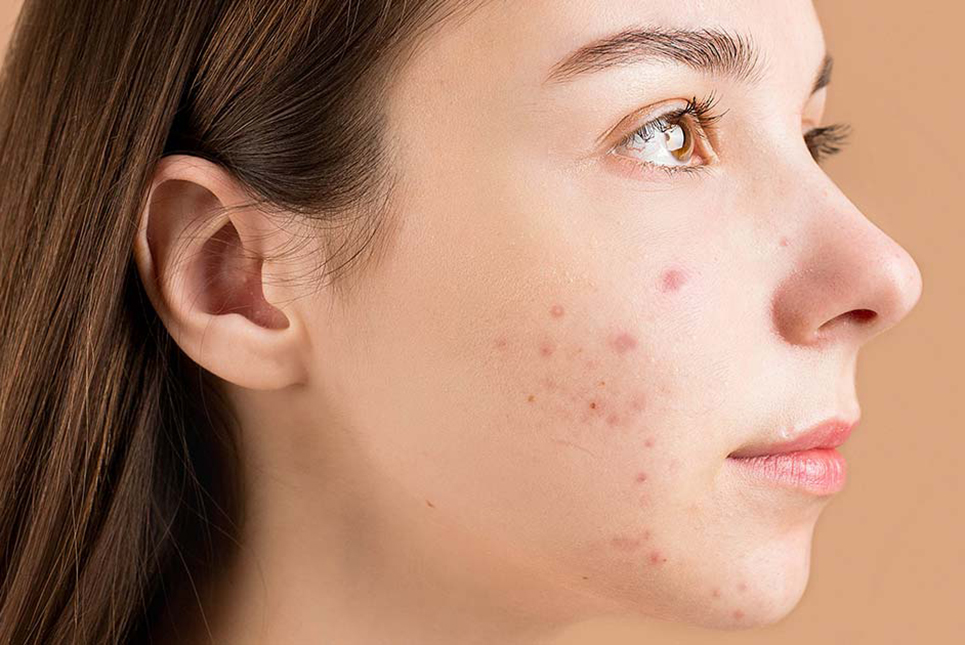
Oral Medications:
In more severe cases, dermatologists may prescribe oral medications to manage cystic acne. Antibiotics, such as tetracycline or erythromycin, can help reduce inflammation and kill bacteria. Oral contraceptives may be prescribed for females to regulate hormonal imbalances that contribute to acne. Isotretinoin, a powerful retinoid, is reserved for severe cases and is highly effective but requires close monitoring due to potential side effects. Consult with a dermatologist to determine the most appropriate oral medication for your specific situation.
Corticosteroid Injections:
Corticosteroid injections are a quick and effective method to reduce the inflammation and pain associated with cystic acne. A dermatologist injects a diluted corticosteroid directly into the cyst, reducing swelling and promoting healing. This treatment is typically reserved for large, painful cysts that do not respond well to other methods. It provides rapid relief and can significantly reduce the size and discomfort of the cyst within a few days.
Gentle Skincare Routine:
Maintaining a gentle skincare routine is crucial for managing cystic acne. Avoid harsh scrubs or abrasive cleansers that can aggravate the skin and trigger more breakouts. Use a mild, non-comedogenic cleanser to remove dirt and oil without stripping the skin’s natural moisture. Moisturize with oil-free or non-comedogenic products to keep the skin hydrated without clogging pores. Be gentle when cleansing or applying products, avoiding excessive rubbing or scrubbing that can further irritate the skin.
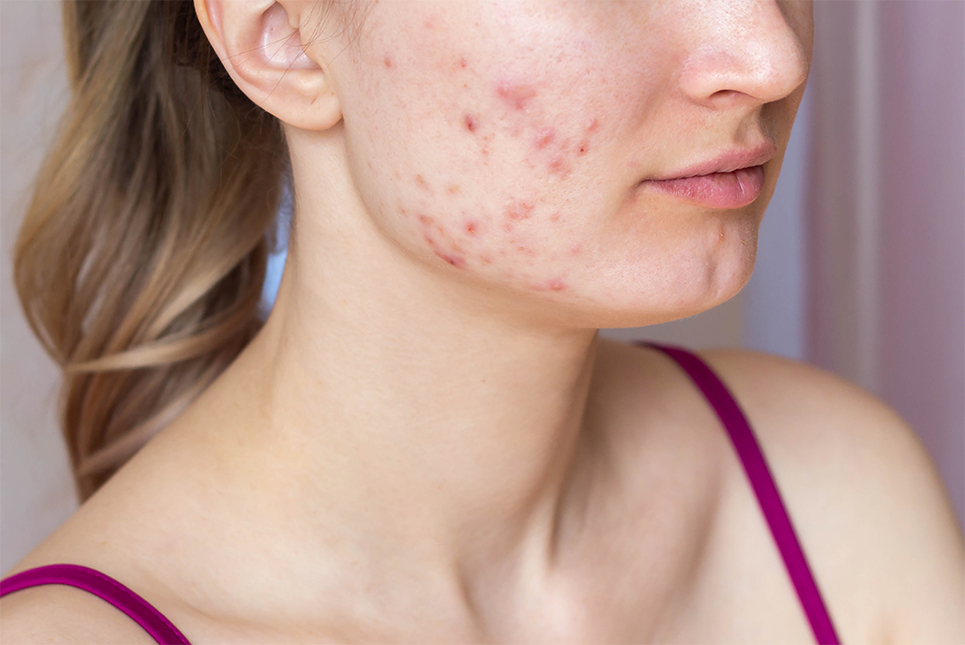
Lifestyle and Dietary Modifications:
While not a direct treatment for cystic acne, lifestyle and dietary modifications can contribute to overall skin health and reduce acne flare-ups. Incorporate regular exercise into your routine to improve circulation and reduce stress, which can exacerbate acne. Maintain a healthy diet rich in fruits, vegetables, whole grains, and lean proteins. Limit your intake of sugary and processed foods that can trigger inflammation. Ensure you get enough sleep, practice stress management techniques, and avoid touching or picking at your acne.
Treating cystic acne requires a comprehensive approach that addresses the underlying causes and symptoms. Incorporating topical treatments, oral medications, corticosteroid injections, a gentle skincare routine, and making lifestyle and dietary modifications can significantly improve the condition of your skin. Remember, results may take time, so be patient and consistent with your chosen treatment methods. If your cystic acne persists or worsens, consult with a dermatologist for further evaluation and personalized guidance. With the right approach, you can effectively manage your cystic acne and achieve clearer, healthier skin.
Elevate your style with
Dorothy Perkins
– timeless fashion, always in trend!


